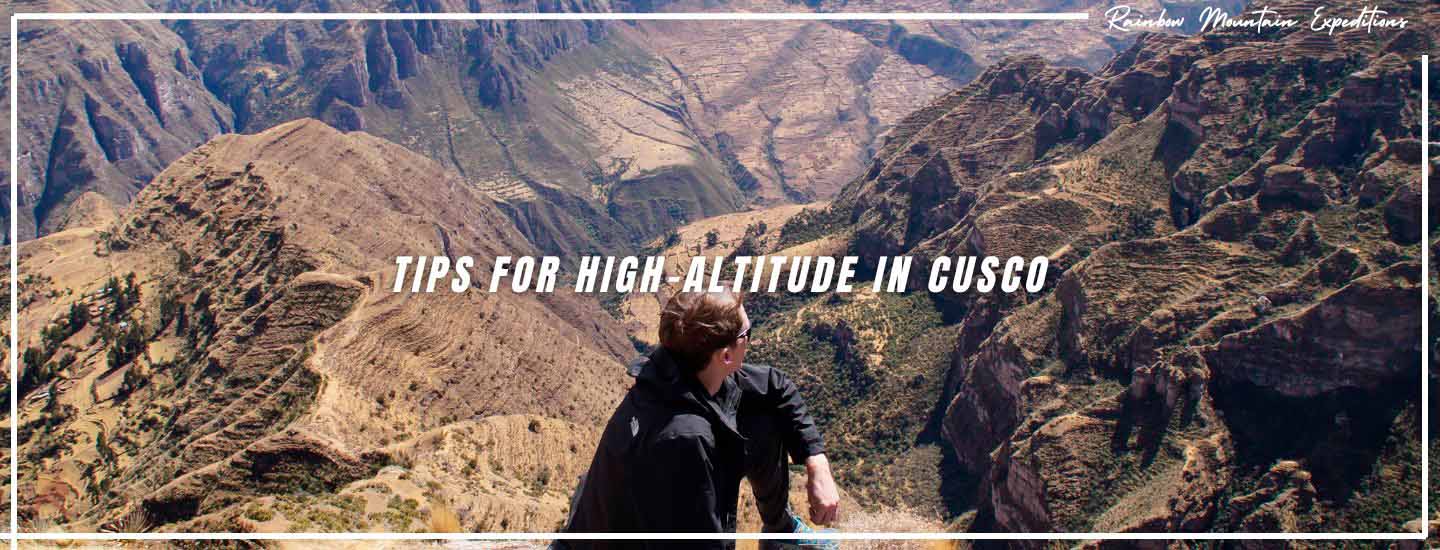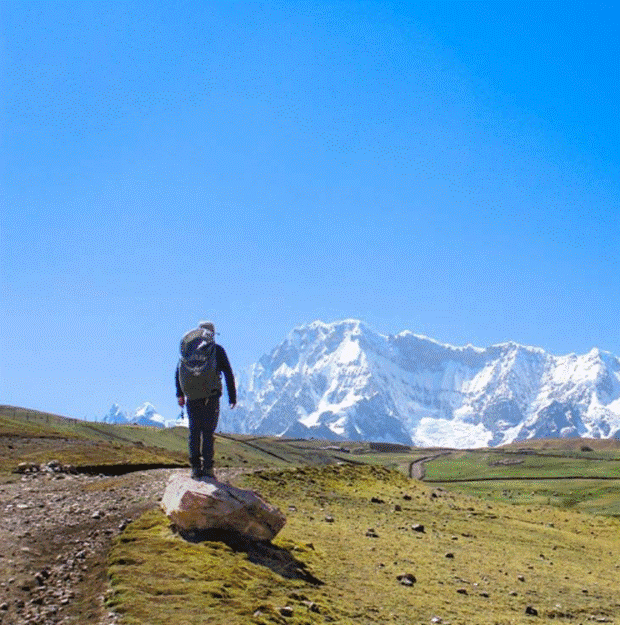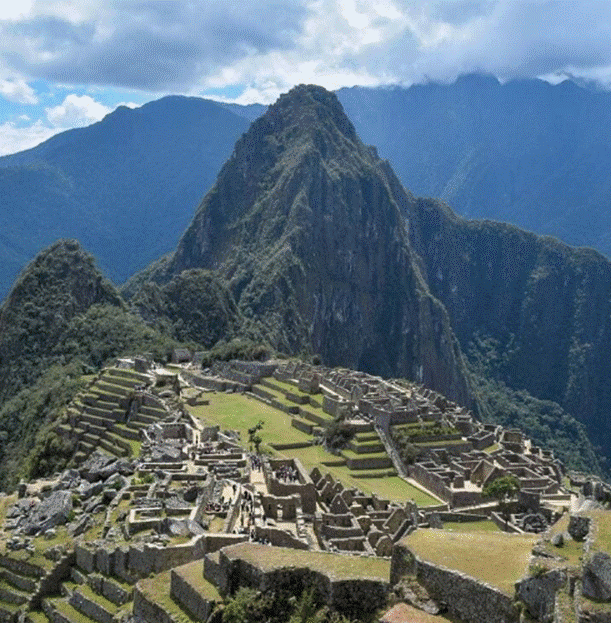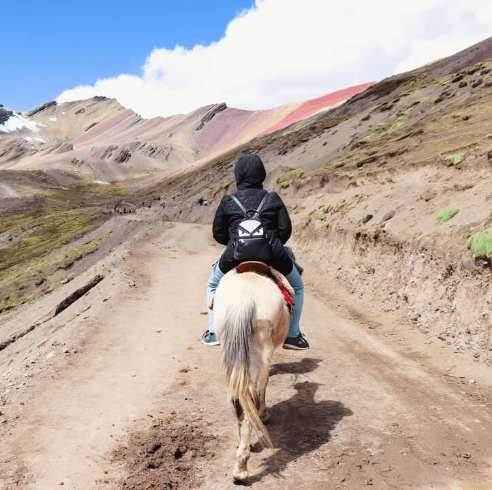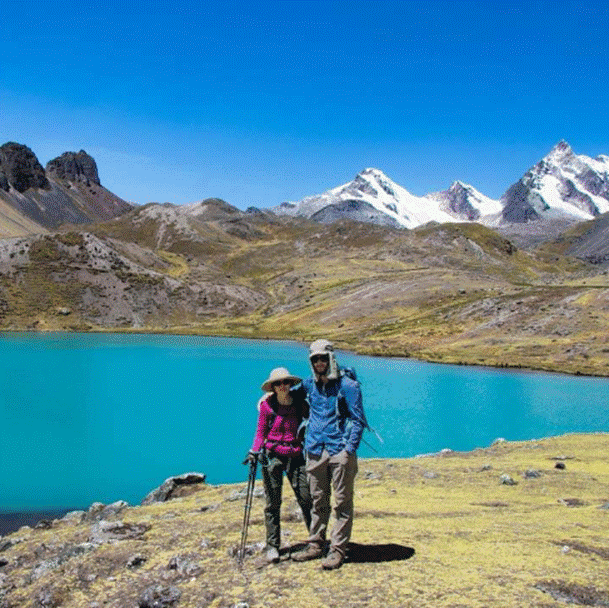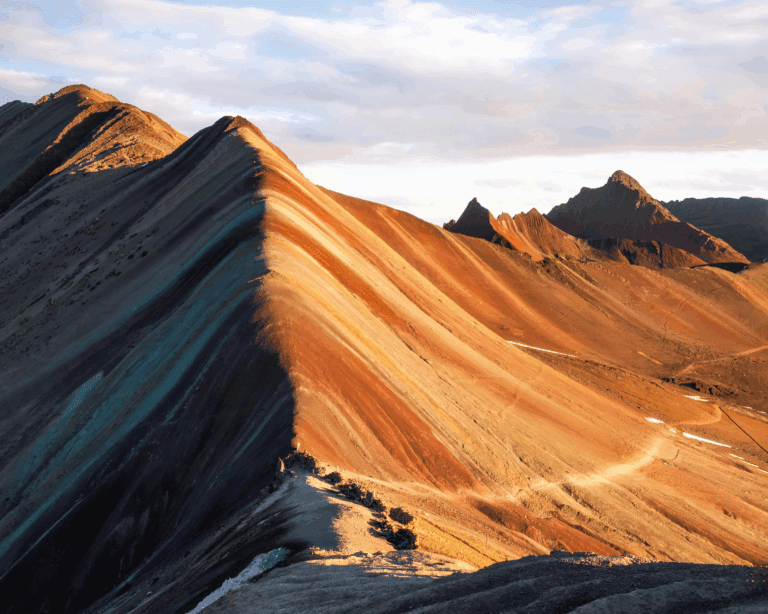How to Prepare for High-Altitude Trekking in Peru
Trekking at high altitudes in Peru, whether to the majestic Ausangate, Salkantay, the stunning Humantay Lake, or the iconic Inca Trail, is an unforgettable experience. However, the altitude and extreme conditions can be challenging if you’re not well-prepared. This article provides essential tip for high-altitude and to help you enjoy your adventure to the fullest while staying safe and healthy.
Tip 1: Acclimate Properly
Acclimatization is the first and most important step to avoid altitude sickness. When arriving in high-altitude destinations like Cusco or Lima, spend at least two days resting, hydrating, and allowing your body to adapt. Engage in light activities and avoid any intense physical effort during this period.
Tip 2: Stay Hydrated
Dehydration is common at higher altitudes due to the dry air. Make sure to drink 2–3 liters of water daily, even if you don’t feel thirsty.
- Pro tip: Avoid alcohol and caffeine, as they can dehydrate you further.
Tip 3: Pack Strategically
Having the right gear is essential for high-altitude trekking:
- Layered clothing: Bring thermal shirts, a windproof jacket, and waterproof outerwear to handle the rapidly changing mountain weather.
- Trekking boots: Ensure they are comfortable, waterproof, and suitable for uneven terrain.
- Snacks: Pack high-energy foods like energy bars and nuts to sustain your energy levels during the trek.
- Sun protection: The sun’s rays are particularly intense at altitude. Don’t forget sunscreen, sunglasses, and a hat.
Tip 4: Train Before You Go
Hiking at elevations above 3,000 meters is very different from walking on flat terrain. Prepare your body weeks in advance:
- Long hikes: Practice on trails near your home or in popular one-day trekking sites in Peru, such as Pisac, Sacred Valley, Humantay Lake, or Rainbow Mountain.
Tip 5: Recognize the Symptoms of Altitude Sickness
Altitude sickness can present itself as headaches, nausea, dizziness, or extreme fatigue. Learn to identify these symptoms early and respond accordingly:
- Rest and descend to a lower altitude if symptoms persist.
- Consult with your doctor about preventive medications, such as acetazolamide, before your trip.
Tip 6: Hire Local Guides
Local guides provide not only safety and direction but also valuable cultural insights and tips on adapting to the environment. Many tours also offer the option of using horses or mules to carry equipment, reducing the strain on your body.
Tip 7: Listen to Your Body
Never underestimate the effects of altitude. Take breaks when needed and don’t hesitate to slow down. Trekking at high altitudes is not a race—the primary goal is to enjoy the journey and arrive safely.
Tip 8: Opt for Energy-Rich Foods
A diet high in carbohydrates is your best friend when combating energy loss at altitude. Hot soups, rice, quinoa, and bananas are excellent for sustaining energy and maintaining warmth.
Tip 9: Check the Best Season
The ideal time for trekking in Peru is during the dry season, from May to October. Trails are less slippery, and the views are often crystal clear. However, always pack a rain jacket, as unexpected showers can occur even in this season.
Further reading: Explore our guide to the best time to visit Cusco, Peru.
Tip 10: Travel with a Customized First-Aid Kit
Your basic kit should include pain relievers, altitude sickness medication, bandages, antiseptics, and any personal medications you require. Carry coca leaves or coca candies, a traditional remedy that can ease altitude-related symptoms.
Bonus Tip
Before starting any trekking or adventure activity in the Andes, offer a small ceremonial gift to the “apus” (mountain spirits) with coca leaves. This traditional practice is believed to ensure safety and harmony with nature during your journey.
You may be interested in: Tip for high-altitude at Rainbow Mountain

